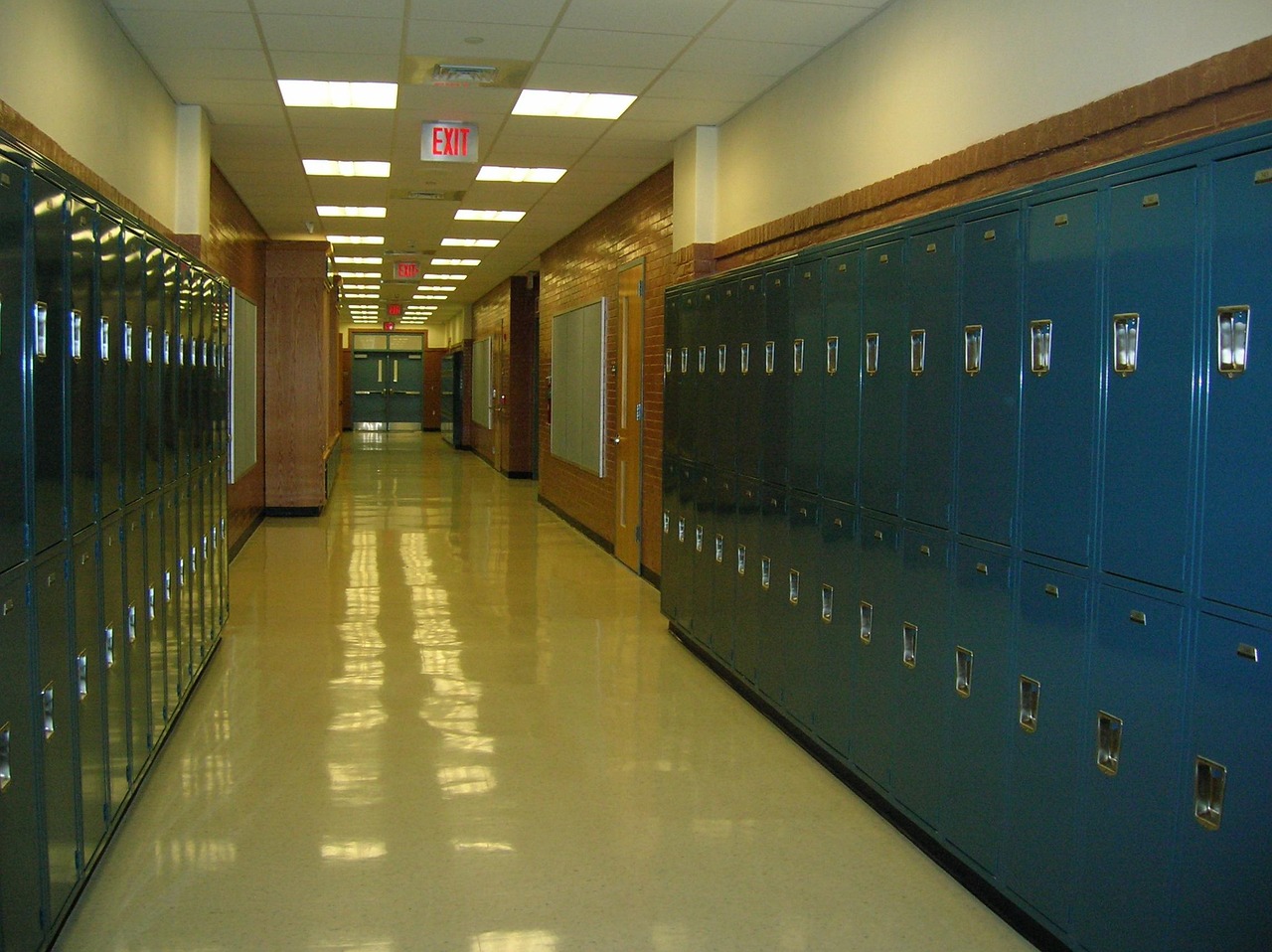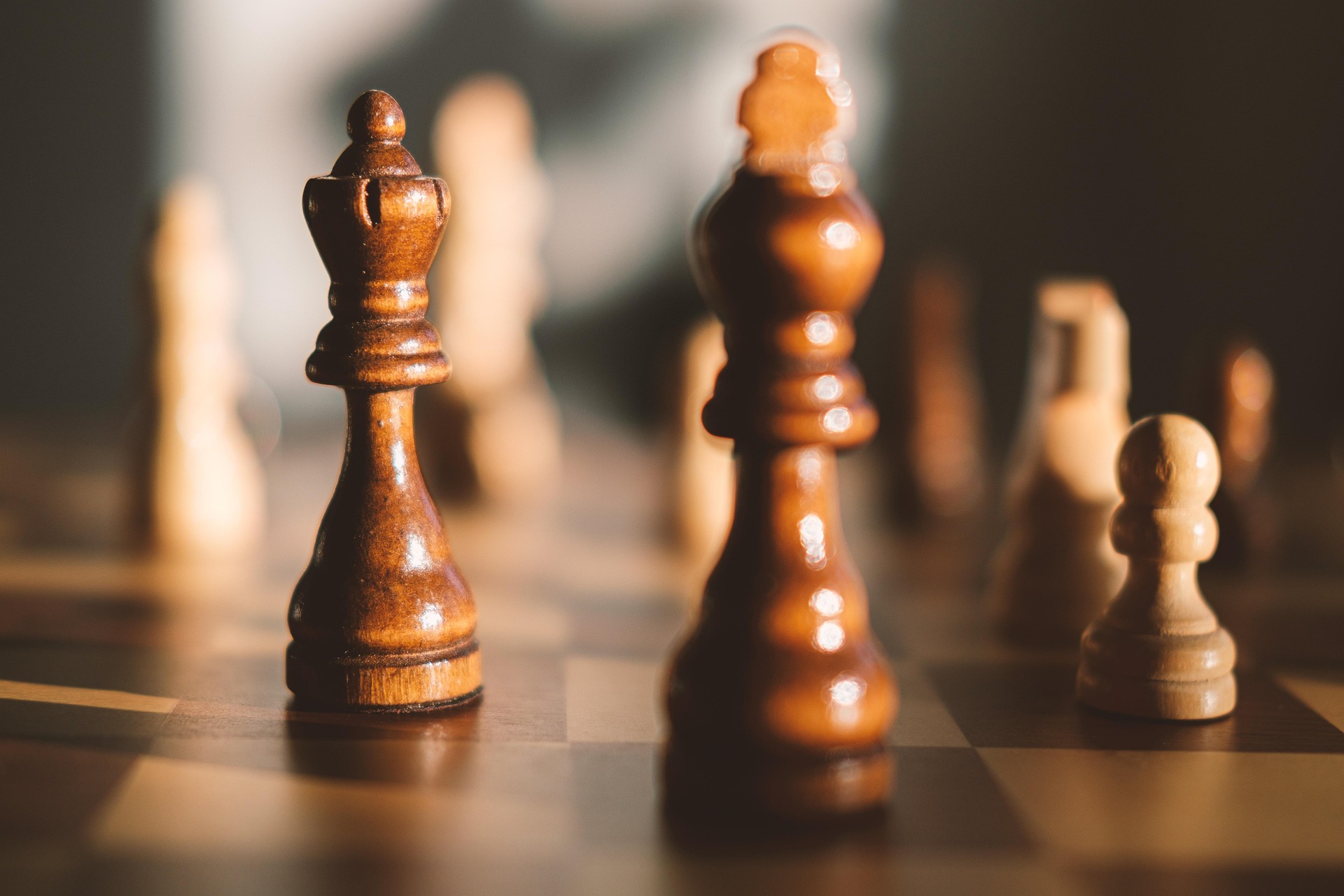The eye-catching cover design had been tempting me for a while before I picked up…
Faraway tree or Andy Griffiths’ treehouse? Books for the inbetweeners.
It is not hard to find great books for young children. Libraries and bookshops have considerable areas dedicated to the under-fives, complete with beanbags and colourful posters. From Mem Fox to Alison Lester, The Gruffalo to The Cat in the Hat, there are endless appealing options to pique the interest of toddlers and young children.
Harry Potter clearly demarcates the section for older children and young adults, along with sprinklings of vampires and various dystopias, while the rows upon rows of adult fiction speak for themselves.
But, there is an age group for whom it can be difficult to find the right book, when children have progressed from picture books but are not yet ready to enter the world of wizardry.
My son has just reached that age group at six. While he is enjoying his simple school readers, I also want to ensure I instil in him a love of more complex stories than the ones he can yet read himself. And as he is nearing a time when he might choose to read alone, rather than beside me on the couch, I want to make it count.
At the same age, and perhaps a bit older, I remember adoring Enid Blyton’s books, from The Faraway Tree to The Naughtiest Girl in the School. But will these books appeal to my son in the same way, 30 years later, or is it just my nostalgia pulling me towards these classics? Am I better to choose highly popular modern books such as the treehouse series by Andy Griffiths, or those by comedian David Walliams?
Classic or modern?
The Book Trust in the UK compiled a list of the best books for six to eight-year-olds from the past 100 years. It was topped by Blyton’s The Enchanted Wood, followed by A Bear Called Paddington and The Milly-Molly-Mandy Storybook.
Charlotte’s Web got a mention further down the list, as did Roald Dahl’s The BFG and Pippi Longstocking. The more recent The Diary of a Wimpy Kid sat at 15 on the list.
The BBC’s list of the best children’s books of all time, nominated by a panel of adult experts, attracted controversy when it did not feature any books published after 1968. Its top reads were Winnie the Pooh, The Little Prince and Little Women.
In a truly anecdotal unscientific test of whether classics held up to the scrutiny of a very practical, very energetic little boy, I introduced some classic novels to my son, and was a little surprised by how much he loved The Enchanted Wood, talking excitedly about the different worlds days afterwards. Usually he is more interested in volcanoes or tornadoes, so it was interesting to see that Blyton’s books, written more than 60 years ago, held his attention and sparked his imagination. Unfortunately (for me who wanted to find out what happened), this was not the case for The Little Prince, and he lost interest after just a few pages.
I was less surprised that he also enjoyed the Wimpy Kid series by Jeff Kinney and Treehouse series, with their funny little pictures and contemporary narratives. Both have been phenomenally popular, with Kinney selling more than 180 million books in 52 languages and The 65-Storey Treehouse and The 78-Storey Treehouse recently becoming the fastest selling Australian books ever.
However, I wonder whether this new breed of inbetweener fiction is serving the same purpose as the classics by Dahl and Blyton. To me, it seems that these popular modern books lack some of the slow burn of older books, with the action beginning immediately and never letting up until the final page. Then there are the comic-style pictures throughout that, rather than from distracting from the story, are part of the story. These books are frenetic, funny and exciting, and it is no wonder kids love them. But does the fast pace mean readers miss out on traditional character or story development, and does the simple, colloquial and accessible nature of the language extension to the vocabulary of young readers in the same way as classic novels?
It is a style of children’s book that is not without its critics. Children’s author Anthony Horowitz criticised Walliams and other modern authors for writing down to children in comparison with writers of classic children’s books, saying:
“It is Jeff Kinney and David Walliams who top the bestseller lists, with books that are witty and entertaining, but nowhere near as ambitious.”
In a talk to writers he advised them to “write up” to children, saying young people were up to the challenge of reading more challenging books.
However, according to an article in The Guardian, between the ages of four and seven, pictures continue to have a crucial role in a young readers’ enjoyment of books. And as children get older, from the ages of eight to 11, parents are warned to resist the urge to push books they loved when they were younger on their children, and instead be guided by their interests.
“Remember, a book which sports the label ‘classic’ isn’t intrinsically better for your children than one which does not. Books are not medicine to be forced down; they should be fun, exciting doorways into other words and different feelings and points of view.”
Fortunately, along with classics and modern bestsellers, there are many wonderful books for inbetweeners. The Children’s Book Council of Australia has in recent years named The Cleo Stories The Necklace and the Present by Libby Gleeson, City of Orphans: A Very Unusual Pursuit by Catherine Jinks and The Children of the King by Sonya Hartnett as among the best.
I think the preferences of Andy Griffiths might provide the perfect guidance to inbetweeners on what to read. On his website, Griffiths credited Blyton, Dr Seuss and Lewis Carroll as being some of his favourite writers from his childhood, but he also said he loved to read MAD magazine.
Perhaps the best approach for parents or teachers to take is to expose inbetweeners to a variety of types of fiction, from comics to classics, the slow-burning to the fast-paced. Just like we expose their tastebuds to a wide range of flavours, so can we stimulate their interests in the wide range of literary options available to them. In a world in which many devices and activities are vying for their attention, the most important thing at this impressionable age is that reading becomes a habit of pleasure, whatever book they might choose.
All books mentioned are available at Booktopia (Australia) and The Book Depository (US and UK).




Comments (0)